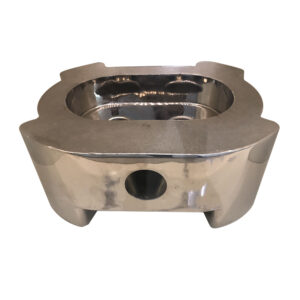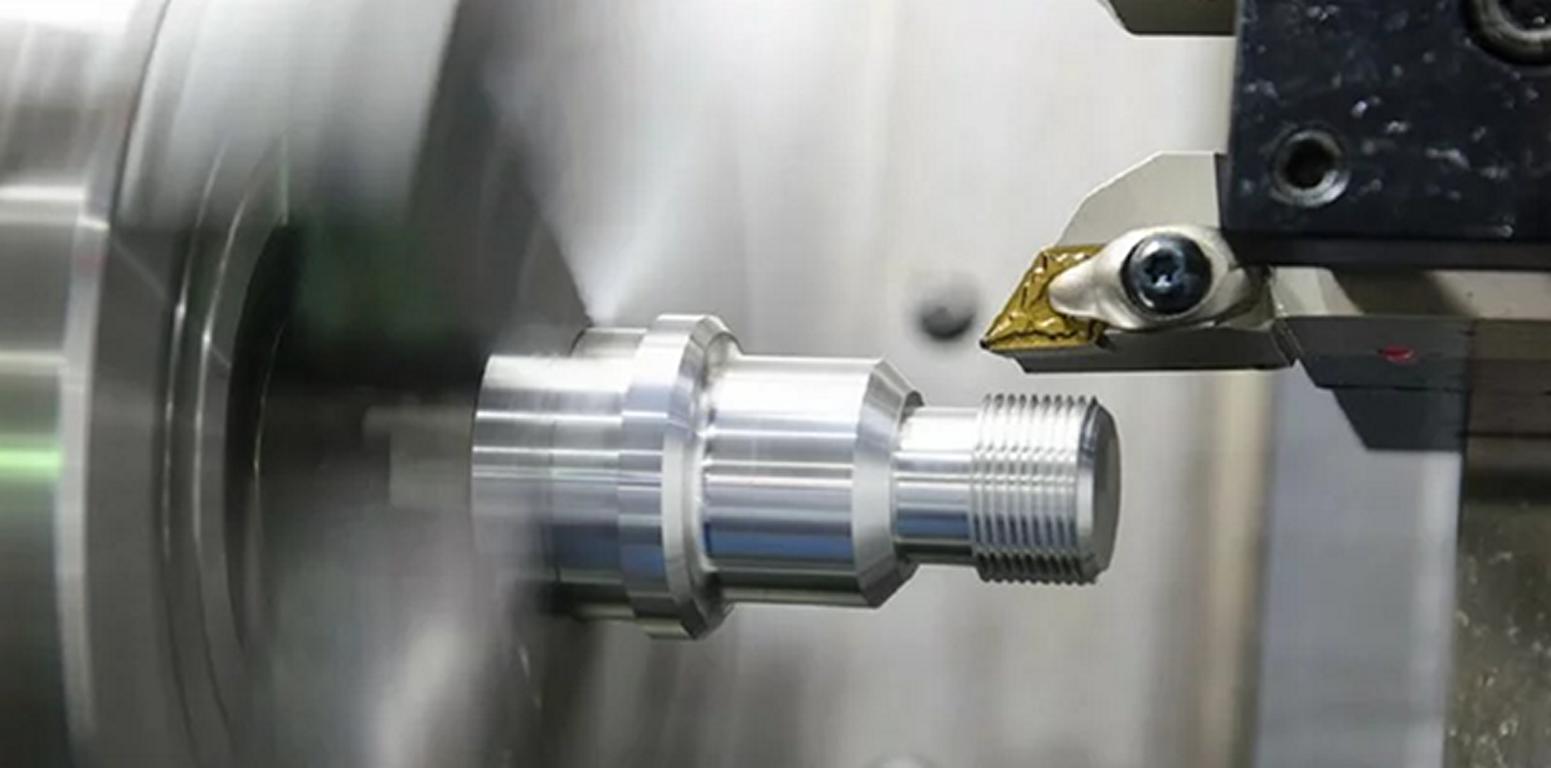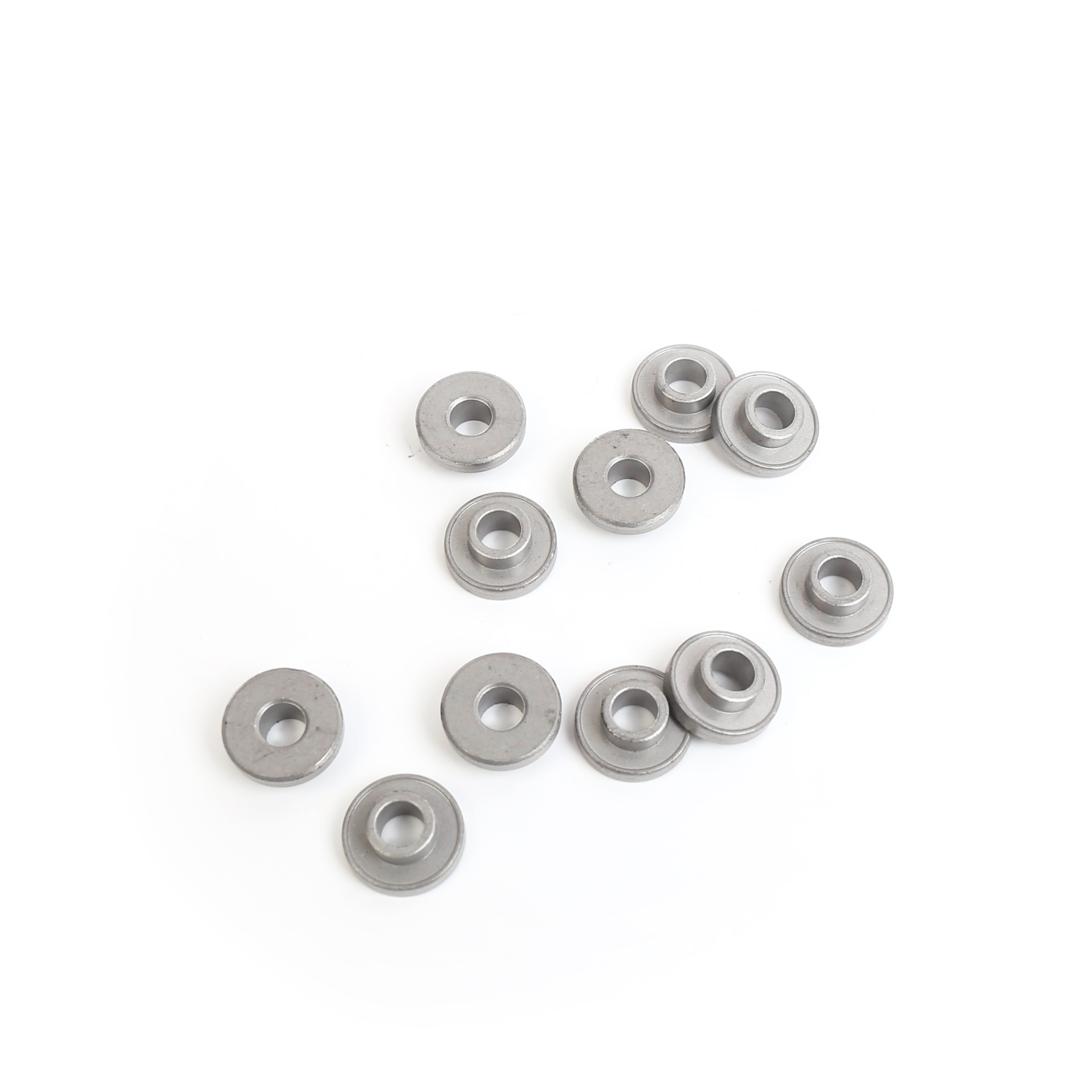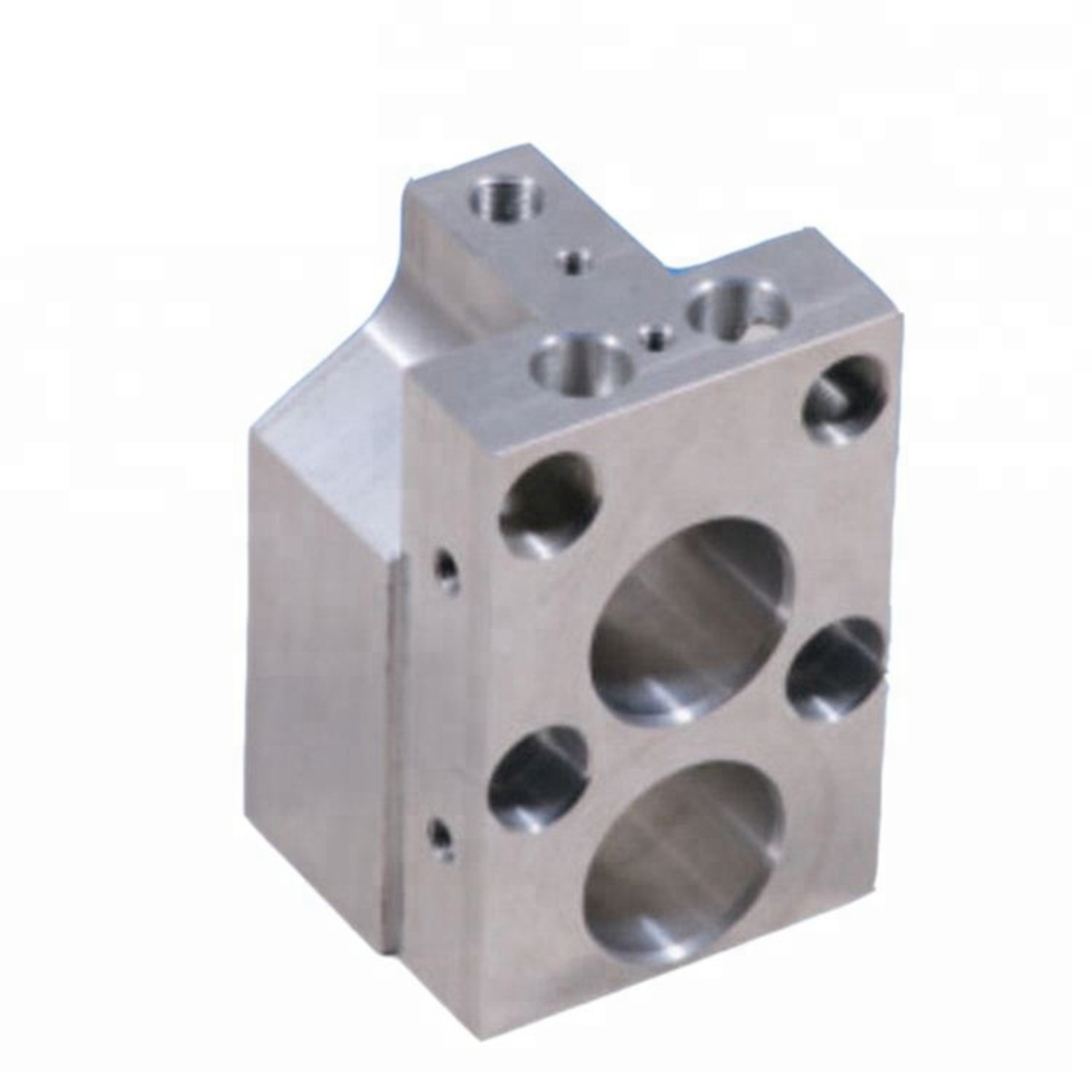
Turn-mill compound machining, also known as multi-tasking machining, integrates turning and milling operations into a single machine tool to perform complex part processing in one setup. Here’s how it is achieved:
1. Integrated Machine Architecture
Multi-Axis Control: Modern turn-mill centers feature 5-axis or more capabilities, combining rotary axes (e.g., B-axis for milling head tilting) with linear axes (X, Y, Z).
Dual Spindles: A main spindle (for turning) and a counter spindle (for part transfer or simultaneous machining) enable bidirectional processing.
Live Tooling: Rotating milling tools (drills, end mills) are mounted on the turret or a separate powered tool station, allowing milling/drilling during turning.
2. Synchronized Operations
Simultaneous Machining: The machine alternates between turning and milling without manual intervention. For example, a shaft can be turned on the main spindle while its flange is milled by a live tool.
B-Axis Contouring: The milling head rotates to adjust tool angles, enabling complex geometries like helical grooves or off-center holes.
3. Advanced CNC Programming
CAM Software: Specialized software (e.g., Mastercam, Siemens NX) generates toolpaths that synchronize turning and milling sequences, avoiding collisions.
Real-Time Feedback: Sensors and closed-loop systems monitor tool wear, temperature, and vibration, adjusting parameters dynamically.
4. Workholding Innovations
Hydraulic Chucks or collet systems secure workpieces during high-speed rotations.
Automatic Pallet Changers enable batch processing for mass production.
5. Material and Tooling Adaptability
Hard Materials: Capable of machining hardened steels, titanium, or composites using CBN/PCD tools and optimized coolant delivery.
Tool Management: Automatic tool changers (ATCs) switch between turning inserts and milling cutters rapidly.
Advantages
Reduced Setup Time: Eliminates multiple machine transfers.
Higher Precision: Minimizes repositioning errors.
Complex Parts: Achieves features like eccentric bores, 3D profiles, and thread milling in one cycle.
Applications
Aerospace: Turbine blades, landing gear components.
Medical: Implants with intricate contours.
Automotive: Camshafts, transmission parts.
In summary, turn-mill compound machining merges turning and milling through advanced mechanics, programming, and automation, revolutionizing precision manufacturing.





